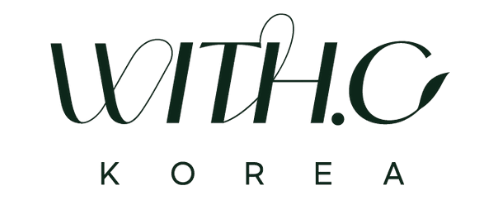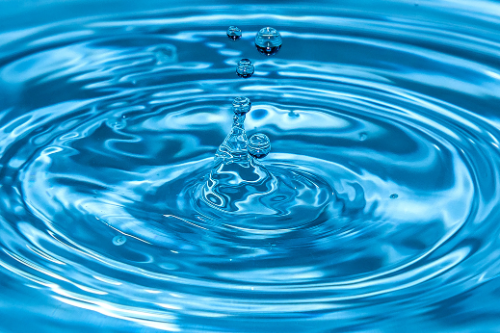Main Ingredient of Skincare Products: Purified Water.
What are the Methods and Standards for Producing Purified Water?
The most commonly used ingredient in cosmetics is purified water. Especially in the full ingredient list of skincare products, purified water is often listed first. But did you know that purified water also comes in different grades?
Generally, purified water is defined as water that has gone through a purification process to remove ions like magnesium and calcium and other impurities. The grade of purified water is determined by how high its purity is and what methods were used to achieve that purity.
Occasionally, instead of purified water, natural water such as thermal spring water, deep sea water, rock water, or glacier water is used directly. This is done to directly utilize the mineral content dissolved in the water for the skin. In Europe, there are even skincare brands named after famous thermal spring regions. The preference for what type of water to use seems to vary based on consumer preference. In some countries, there is a strong aversion to using anything other than purified water.
So, what are the methods for producing purified water?
[Purification Processes]
1. Distillation
This is a common method used to separate liquids. The liquid is heated to its boiling point to vaporize it, and then the vapor is condensed back into liquid form. Simple distillation refers to doing this process once, while fractional distillation involves repeating the process multiple times to increase purity. It is generally recommended to use water that has undergone at least two stages of distillation.
2. Filtration
This method involves passing water through a filter (with a pore size of 0.45 µm or smaller) or through materials like charcoal to remove impurities and microorganisms. Modern ultra-pure water production devices can filter out heavy metals simultaneously while filtering the water.
3. Ion Exchange Resin
This method uses ion exchange resins to remove ions (both cations and anions) from the water. When metals ions remain in water used for cosmetics, they can react with other ingredients, potentially altering the quality of the product. Therefore, this method is frequently used for producing purified water for cosmetics. After ion exchange, the water is typically passed through a UV lamp or a microbial filter to ensure purity. There are different types of ion exchange resins:
1) Cation Exchange Resin: Exchanges cations in the water with hydrogen ions.
2) Anion Exchange Resin: Exchanges anions in the water with hydroxide ions.
3) Amphoteric Ion Exchange Resin: Contains both acidic and basic groups and can remove both cations and anions from water.
Other methods like ultrafiltration and UV sterilization can be used as additional steps, but purified water is mainly produced through the combination of the methods mentioned above. These steps are taken to achieve the highest possible purity in the final product.
[Standards for Purified Water]
Quality control parameters include pH, conductivity, and microbial content (total bacterial count).
The pH should be maintained between 5 and 7, and the Microbial content is generally controlled to be below 100 CFU/mL in most countries. The temperature for measuring Conductivity can vary by country, but the standard in Korea is to maintain it below 1.3 µS/cm at 25°C.
Additionally, some companies express the purity of water using its Resistivity (measured in Ω·cm). Higher resistivity indicates higher purity. The most commonly used purified water has a resistivity of 0.1 ~ 1 MΩ·cm, while high-purity water typically has a resistivity of 1 ~ 10 MΩ·cm.
[Conclusion]
Not only for purified water, but the extraction methods and purity of other ingredients are also crucial. Even if the same ingredient is present at the same concentration, using a higher purity version of that ingredient can be much more beneficial for the skin. Conversely, even if a product claims to contain a specific extract instead of purified water, if the extract is of very low purity, a product with high-purity purified water might be more effective.
Learn more about cosmetics by studying through the WITH.C blog!

